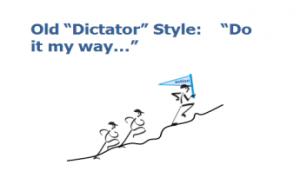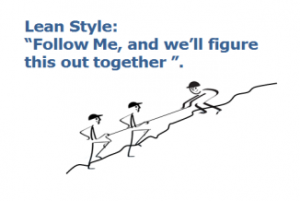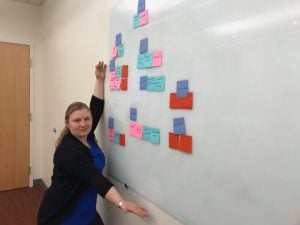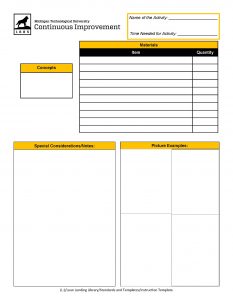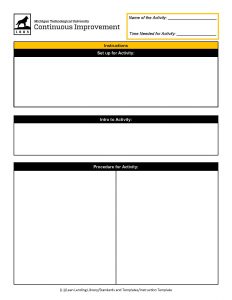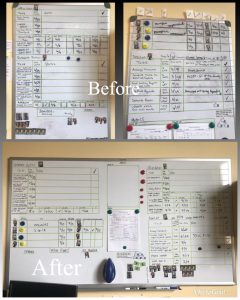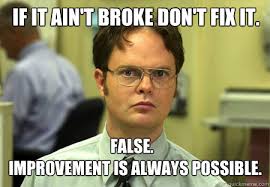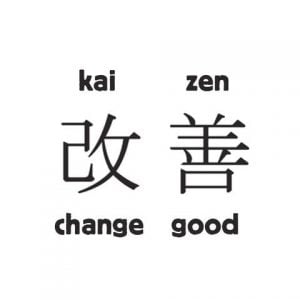Almost every Monday, the Office of Continuous Improvement gives a short presentation during Michigan Tech’s New Husky Employee Orientation where we talk about Lean and it’s involvement on campus. Most employees do not have much, if any, experience with Lean so they are very surprised when they find continuous improvement is a requirement in their job description. Why is it important for employees to know about and be involved in Lean? Why isn’t it enough just to have management or supervisors experienced with Lean and its tools to use around the work space? Why is this so important to Michigan Tech?
The reason is that Lean does not work when it’s just one person making the decisions and changes. It’s not about a manager or supervisor controlling the situation, but instead about guiding others and seeing to it that Lean is being applied appropriately.
Lean is not just about its tools, processes, and methods, but it is its own culture. It’s this culture that allows for tools, processes, and methods to aid in creating an environment of continuous improvement. A large part of developing this culture is giving everyone the same opportunities and tools to make improvements, and this is what we explain to the newcomers. We explain that through Lean and coaching from those around them, they develop problem solving skills that give them autonomy within their jobs to implement improvement.
The overall benefit of employee empowerment is that it helps to form a Lean and Continuous Improvement culture that morphs processes through team work and communication into their most effective and efficient form, producing the most value for the customer. That is the goal of Lean and Continuous Improvement at Michigan Tech; to involve everyone in the process of producing the most value to its customers.
